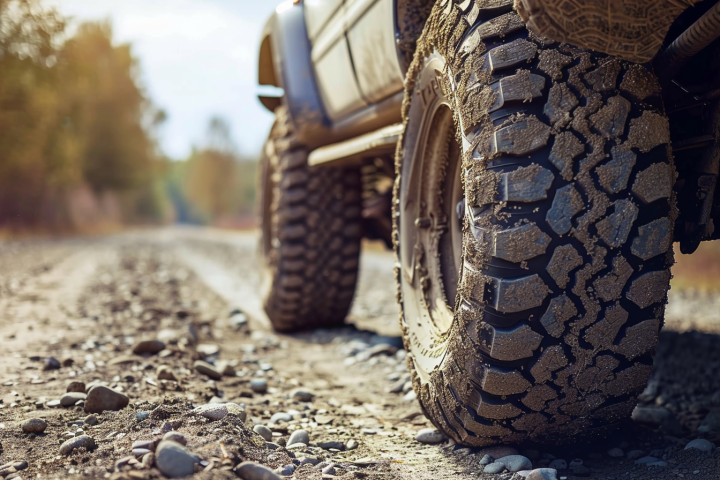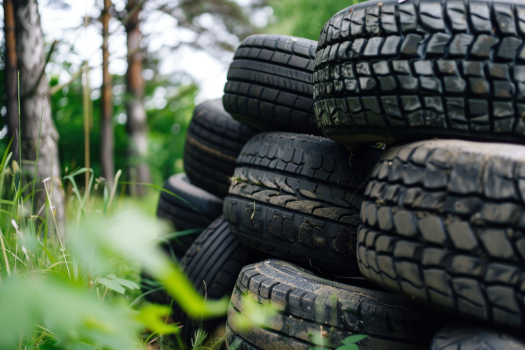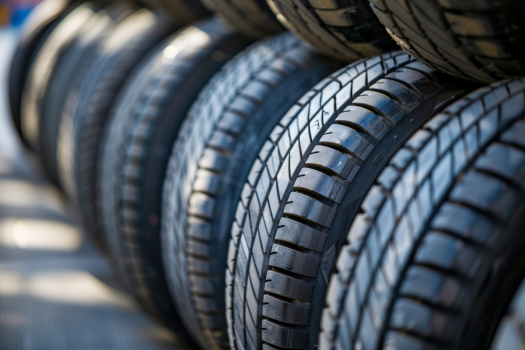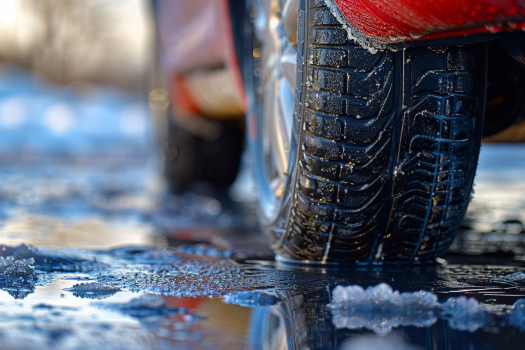Last Updated on April 21, 2024
Essential Tips to Ensure Safe Winter Travel
When winter arrives, it brings picturesque landscapes blanketed in snow and a cozy ambiance. However, it also brings challenging road conditions that demand extra caution. Snow and ice can turn your daily commute or winter road trip treacherous. To ensure safe and stress-free winter travel, it’s essential to understand how to control your car in these conditions. This comprehensive guide will provide valuable winter driving safety tips to help you confidently navigate frozen roads.
The Importance of Winter Driving Safety
Winter driving safety is not just about preventing accidents but protecting lives. Snow and ice can lead to slippery roads and reduced visibility, making driving dangerous. According to the U.S. Department of Transportation, over 1,300 people die, and more than 116,000 are injured in accidents caused by winter weather every year. Adhering to winter driving safety measures can significantly reduce the risk of becoming a statistic.
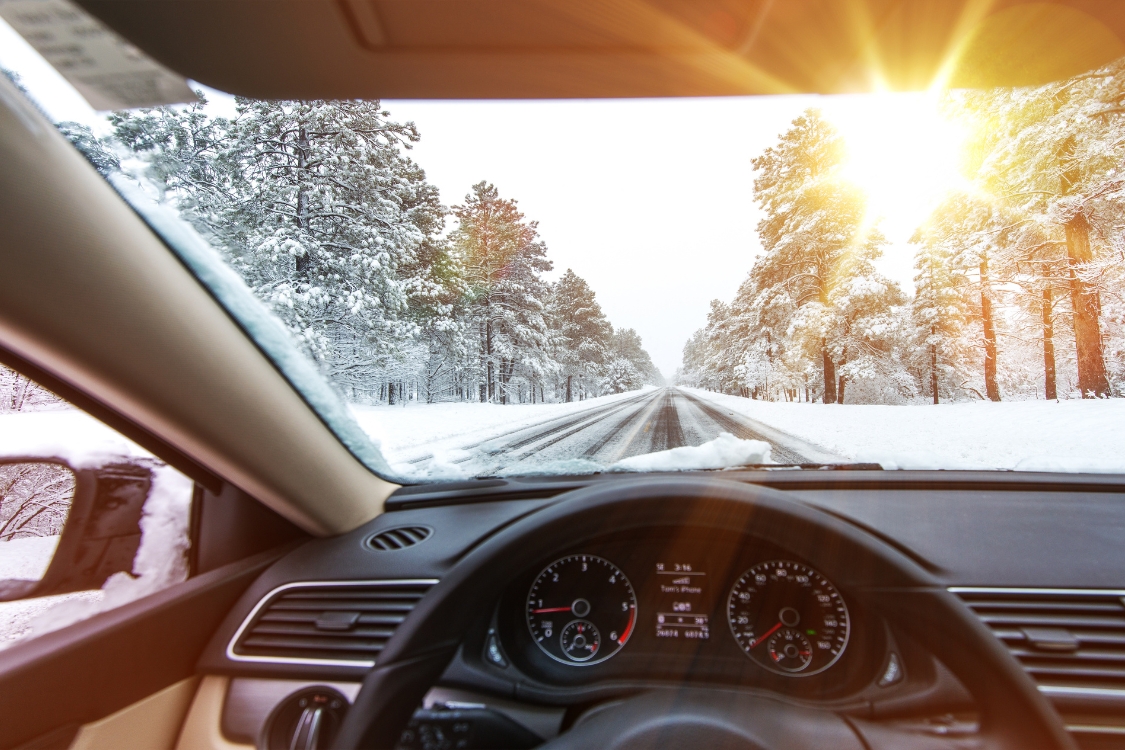
Tips for Controlling Your Car in Snow & Ice
1. Drive Slowly and Smoothly
- Slow down your speed, and avoid sudden acceleration or braking. Gentle, gradual movements are vital to maintaining control on slippery surfaces.
2. Increase Following Distance
- Leave a more extended following distance between your car and the vehicle in front of you. This extra space allows for more reaction time.
3. Use Your Headlights
- Turn on your headlights to increase visibility, even during daylight hours. This helps other drivers see you better.
4. Avoid Cruise Control
- Cruise control is not suitable for winter driving. It would be best to have complete control over your acceleration and braking.
5. Brake Carefully
- Apply gentle, steady pressure on the brake pedal. If your car has anti-lock brakes (ABS), maintain continuous pressure for optimal braking.
6. Steer in the Direction You Want to Go
- If your car begins to skid, steer in the direction you want to go. Avoid oversteering, which can worsen the skid.
7. Stay Informed
- Check weather forecasts before traveling and stay updated during your journey. Consider delaying your trip if conditions are severe.
8. Carry Emergency Supplies
- Always have essential supplies in your vehicle, such as blankets, a flashlight, a shovel, and non-perishable snacks.
How to Control Your Car in Snow & Ice
It happens every year: a college student moves to a climate they are not used to. For example, a student from Southern California is moving to Colorado. They’ve never driven in a winter wonderland. What do they do? Do they take the bus, walk, or buckle up and learn to go in the snow? Let’s explore the latter option.
Winter Tires
First, before even trying to venture into the snow, consider getting winter tires for your car. Winter tires offer better grip in wet, snowy, and icy conditions, making it much safer for you to drive in the winter. Where other tires slip and spin fruitlessly, winter tires will move your vehicle forward. This will also help you avoid spinning out or getting into an accident, potentially hurting you and others and damaging your car.
For example, Nokian offers both studded and non-studded winter tires. While studded tires will offer the most control in snowy conditions, Edmunds found that even non-studded winter tires provide better traction during the colder months. The rubber differs from all-season tires and works well on wet, hard, snowless roads and snow-covered streets. Proper winter tires have a three-peak mountain symbol on them.
Having an extra set of tires for winter is worth the cost, as it will likely help prevent accidents — especially with drivers new to snow. If you use snow tires, studded or unstudded, have a complete set installed rather than mixing tire types. You may be eligible for financing instead of simultaneously fronting all initial costs.
Maintenance
If you know snow is coming, ensuring proper winter maintenance is one of the best ways to make your vehicle safer in inclement weather.
Check your vehicle’s:
- tires for any wear and tear, and ensure the treads aren’t worn down
- tire pressure, especially if they have been in storage if you are switching to snow tires
- battery — In some batteries, you may need to add distilled water
- belts and hoses for wear
- radiator for leaks
- oil level
- lights, especially if they have fogged over
- brakes
- heater/defroster
- windshield wipers, which you should replace each year
Each of these plays an integral part in driving in snow. As such, consider getting each piece professionally checked by a mechanic.
Drive Slow
For actual driving, good advice is to drive slowly, even with winter tires. Why? As Wired magazine points out, it’s all about the friction coefficient. This is measured between zero (no friction) and 1 (a lot of conflict). A tire on a wet surface has about 0.7, and only 0.15 in snow. Ice is even scarier, at a mere 0.08, just slightly more than rubbing two pieces of Teflon together at 0.04. The best way to combat this is to have winter tires, but driving slower than usual is still a good idea.
For example, your tires will have low friction and thus low traction if you try to power up a slick hill covered in snow.
For manual cars, start by slipping the clutch as gently as possible. Keep the engine revs low. Change gears early as you accelerate and late as you decelerate. The risk of wheelspin is reduced at lower revs. Remember that driving in the snow is not unlike driving in the mud. If you continually spin your tires, you risk boiling your radiator.
It’s also essential to break early. You will need more space than you think to stop your vehicle. You may not be able to stop in icy conditions, but you should slow down as much as possible. In some situations, like at stop lights, if traffic is light enough, slow down and try not to stop. Keep coasting until the light turns green. You will want to be five miles per hour or under if possible.
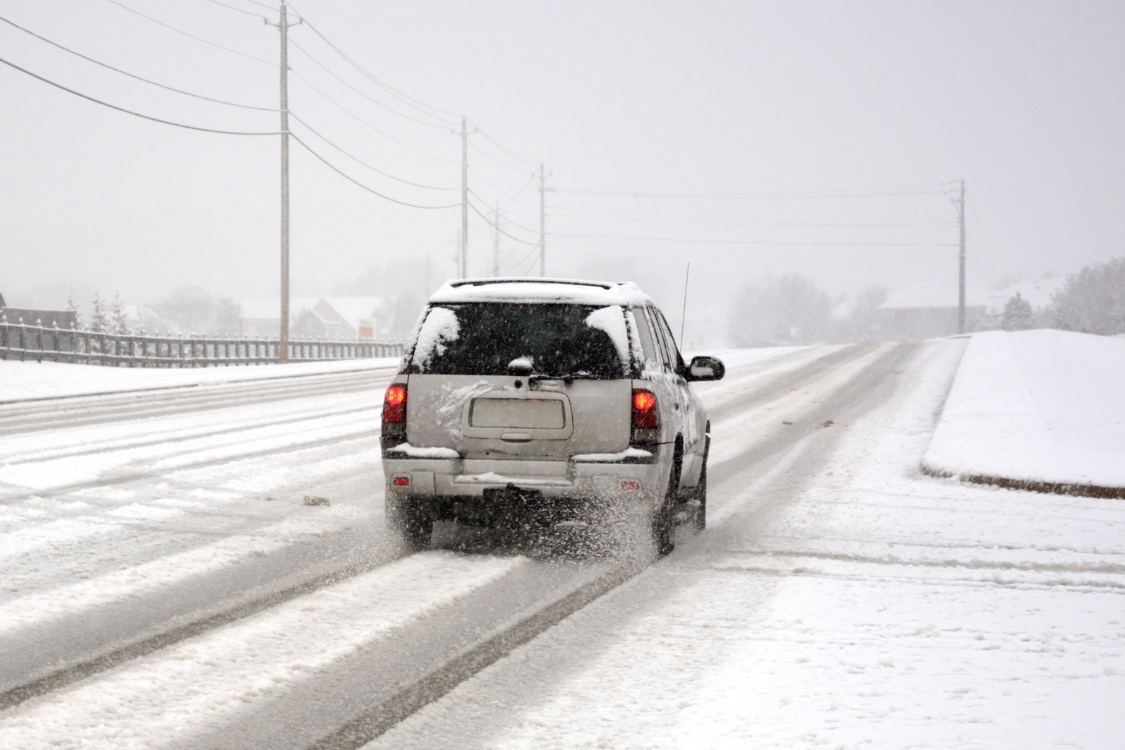
Front-wheel drive and Snow or Ice.
If your automatic or four-wheel-drive car has a low-ratio mode, use that while in the snow. Do not use sport mode.
If your car is rear-wheel drive, fill a few sandbags and place them in the trunk over the back axle. This will help add traction and stabilize the car, as RWD cars tend to slide more in snow. If you skid, look at where you want to go instead of turning into the skid and pointing the tires toward there. Slowly let off the brakes and keep light pressure on the accelerator.
All-wheel drive is not a magical fix to the snow, either. While it will help you get moving and stay moving in deep snow, it’s better to have snow tires than rely on which type of drive you have.
Meanwhile, front-wheel drive is good when there are a few inches of snow. The National Motorists Association notes, “FWD is vastly better in the snow than a rear-wheel-drive car. With a good set of all-season or snow tires, you will probably be able to make it to work unless the snow is intense — in which case it’s the absence of ground clearance more than anything else that will cause you to get stuck.”
With a 4×4, you will be able to tackle even deeper snow. With good snow tires, you shouldn’t have any trouble unless the snow is hefty. Even unplowed roads remain an option for a 4×4.
Emergency Kits
Much like having a safety kit, an emergency kit geared towards snowy and icy conditions is vital and could save your life in dire circumstances. You will want to include:
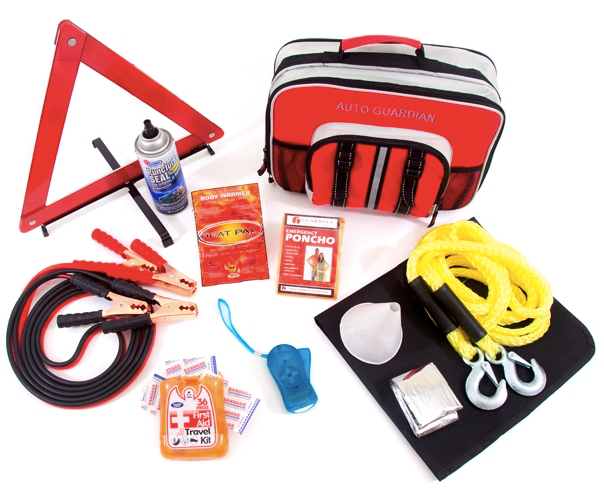
- A thermal blanket
- A crank-powered flashlight
- An extra ice scraper
- Sand or cat litter to add traction
- A small shovel
- An extra battery pack for your phone with a charging cable
- Jumper cables
- A pair of warm gloves
- A hat and jacket
- Chemical hand warmers
- Paper towels
- Aerosol spare-tire filler
- Food and water
With snow tires, you can be more confident driving in the snow. Ensure you are well-rested and ready to tackle any curveballs the snow can throw. You need to be prepared to react quickly if needed.
Conclusion
Winter driving safety is not a matter of chance; it’s a matter of preparation and knowledge. By following these tips and exercising caution, you can confidently control your car and navigate winter weather safely. Remember that your safety and the safety of others on the road should always be your top priority during the winter season.
Sign Up to explore our selection of winter tires and other products to enhance your safety on snowy and icy roads.
FAQs
How can I protect my car from snow in the winter?
To protect your car from snow in winter, consider these steps:
- Park in a garage or covered area if possible.
- Use a car cover to shield your vehicle from snow and ice.
- Apply a wax or sealant to the paint to create a protective barrier.
- Install snow tires for better traction and control in snowy conditions.
What must you do with snow and ice on your car?
It’s essential to remove all snow and ice from your car before driving:
- Clear all windows, including side mirrors, for visibility.
- Remove snow from the roof to prevent it from sliding onto your windshield or other cars.
- Clear headlights and taillights for proper illumination.
What is the best braking technique on ice and snow?
- The best braking technique on ice and snow is gentle, steady pressure on the brake pedal.
- Avoid sudden or hard braking, as it can cause skidding.
- If your car has anti-lock brakes (ABS), maintain continuous pressure for controlled braking.
How do you handle a car on ice?
Handling a car on ice requires extreme caution:
- Drive slowly and smoothly, avoiding abrupt movements.
- Increase the following distance to allow for extra reaction time.
- If your vehicle begins to skid, steer in the direction you want to go without oversteering.
- Consider using snow chains or studded tires for added traction on icy roads.





